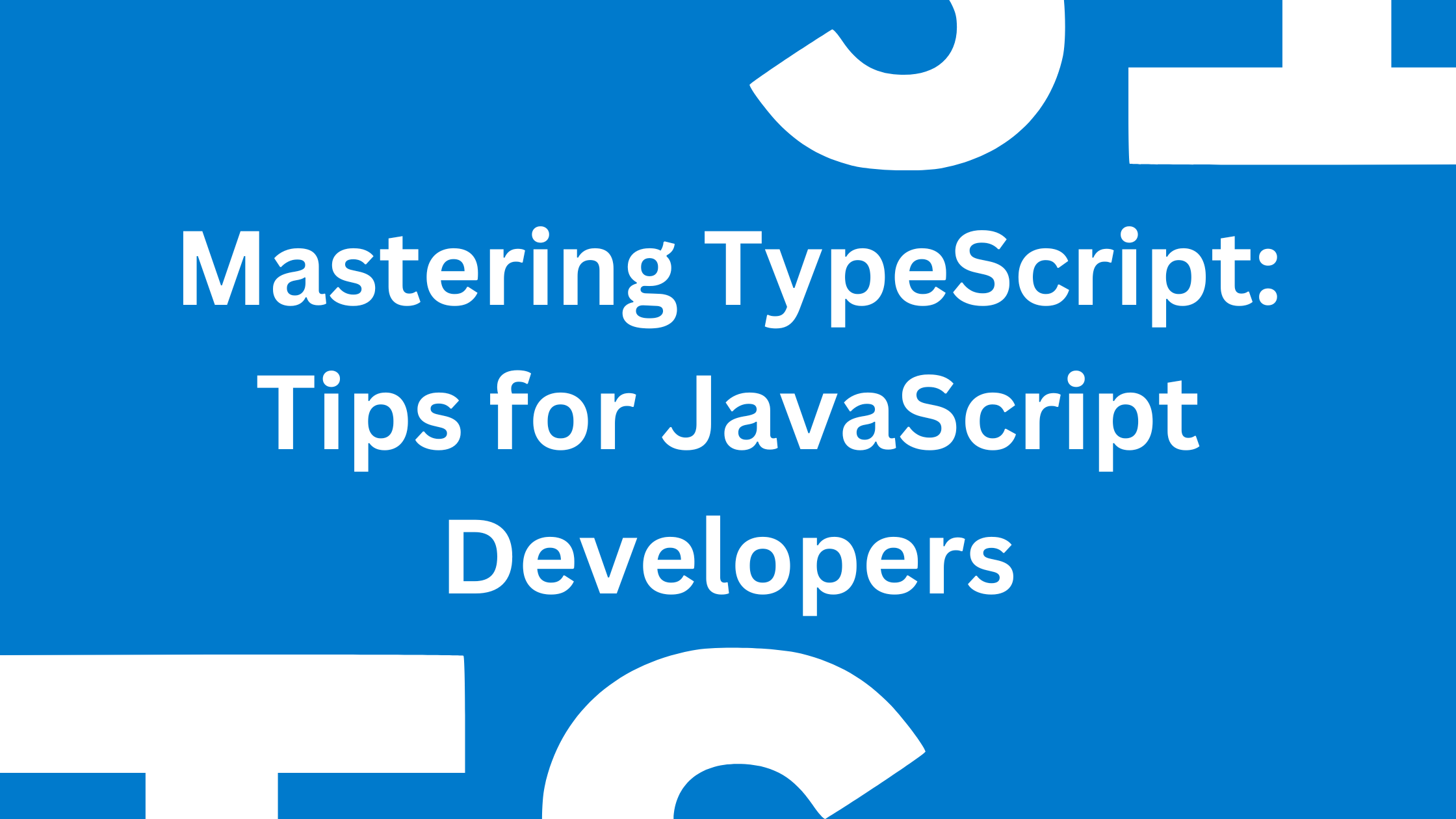Introduction
TypeScript has become one of the most popular programming languages for modern web development. Built as a superset of JavaScript, it provides static typing, enhanced tooling, and improved maintainability, making it an excellent choice for large-scale applications. If you’re a JavaScript developer looking to master TypeScript, this guide will provide essential tips to ease your transition.
Why Use TypeScript Instead of JavaScript?
JavaScript is a flexible and dynamic language, but as projects grow, managing large codebases becomes challenging. Here’s why TypeScript is a game-changer:
- Static Typing: Helps catch errors during development rather than runtime.
- Improved Code Readability: Type annotations make the code more understandable.
- Better Tooling Support: Works seamlessly with modern IDEs and code editors.
- Enhanced Maintainability: Enforces code consistency and scalability.
- Seamless JavaScript Compatibility: Can work alongside existing JavaScript projects.
Essential TypeScript Tips for JavaScript Developers
1. Start with Basic Type Annotations
TypeScript introduces type annotations to define variable types explicitly:
let message: string = "Hello, TypeScript!";
let age: number = 25;
let isDeveloper: boolean = true;This helps avoid unexpected type-related bugs that are common in JavaScript.
2. Leverage Interfaces for Object Structure
Interfaces help define object shapes and ensure consistency across your codebase:
interface User {
name: string;
age: number;
isActive: boolean;
}
const user: User = {
name: "John Doe",
age: 30,
isActive: true,
};3. Use Enums for Fixed Values
Enums provide a clean way to define a set of named constants:
enum UserRole {
Admin,
Editor,
Viewer,
}
let userRole: UserRole = UserRole.Admin;This ensures type safety compared to using plain strings or numbers.
4. Utilize Type Inference
TypeScript can infer types automatically, reducing the need for explicit type definitions:
let score = 100; // TypeScript infers 'number' type
let greeting = "Welcome!"; // TypeScript infers 'string' type5. Take Advantage of Generics
Generics provide flexibility while maintaining type safety:
function identity<T>(arg: T): T {
return arg;
}
console.log(identity<string>("Hello"));
console.log(identity<number>(123));6. Use TypeScript with React for Safer UI Development
TypeScript works seamlessly with React, providing better prop validation and reducing runtime errors:
type ButtonProps = {
label: string;
onClick: () => void;
};
const Button: React.FC<ButtonProps> = ({ label, onClick }) => (
<button onClick={onClick}>{label}</button>
);7. Configure tsconfig.json Properly
Setting up your tsconfig.json file correctly ensures optimal performance and best practices:
{
"compilerOptions": {
"target": "ES6",
"module": "CommonJS",
"strict": true,
"outDir": "./dist",
"rootDir": "./src"
}
}8. Migrate JavaScript Code to TypeScript Gradually
If you have an existing JavaScript project, you can migrate step by step:
- Rename
.jsfiles to.ts. - Add basic type annotations where necessary.
- Enable
strictmode intsconfig.jsonfor better type checking. - Replace
anytypes with proper types or interfaces.
9. Avoid Using “any” Type
Using any defeats the purpose of TypeScript’s type safety. Instead, use specific types:
let userInput: any; // Avoid
let userName: string; // Better10. Use Utility Types for Cleaner Code
TypeScript provides built-in utility types like Partial, Pick, and Omit for enhanced code reusability:
interface User {
name: string;
age: number;
email: string;
}
const updateUser = (user: Partial<User>) => {
console.log("Updating user", user);
};Conclusion
Mastering TypeScript as a JavaScript developer takes time, but with consistent practice, you’ll appreciate its power in building scalable and maintainable applications. Start by integrating TypeScript into small projects, follow best practices, and leverage TypeScript’s features to write cleaner, more efficient code.
By adopting TypeScript, you future-proof your JavaScript skills while improving code quality and development efficiency. Happy coding!

TypeScript is such a powerful tool for developers! It’s amazing how it simplifies managing large codebases with its static typing. The integration with React and other frameworks makes it even more versatile. I’m curious, how does TypeScript handle backward compatibility with older JavaScript versions?
It sounds like the content is really engaging about how TypeScript is a game changer in modern web development. The details about it being built as a superset of JavaScript and providing tools like static types, enhanced tools, and improved maintainability is one to note. TypeScript is indeed one of the most popular programming languages for modern web development!
There is some more information mentioned in the text about how it provides features like better prop validation and reducing runtime errors which will be good to practice while using TypeScript. It certainly would make Managing large codebases much easier and seems to be quite essential. All the features of static typing, enums, generics, interfaces are pretty useful which makes it easier to manage and write cleaner code. Overall, TypeScript does seem like an amazing tool to use for modern web development!